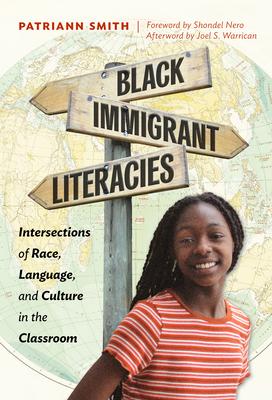Learn how to center, affirm, and develop Black immigrant literacies in ways that allow all youth to engage with and honor their literacies. This book presents a framework to revolutionize teaching in ways that draw on students' assets for redesigning, rethinking, and reimagining literacy and the English language arts curriculum. This novel framework has five mechanisms through which Black immigrant literacies and languaging can be better understood: the struggle for justice, the myth of the model minority, transraciolinguistics, the local-global, and holistic literacies. Presenting authentic narratives of Afro-Caribbean youth, the author describes how teachers and educators can: (1) teach the Black literate immigrant; (2) use literacy and English language arts curriculum as a vehicle for instructing Black immigrant youth; (3) foster relations among Black immigrants and their peers through literacy; and (4) connect parents, schools, and communities. The text includes lesson plans, instructional modules, and templates that range in their focus from K-12 to college.
Book Features:
- Details how teachers, curriculum, and instruction can benefit from understanding the experiences of Black immigrant students, and how that experience differs from other Black American students.
- Highlights authentic narratives that center the holistic voices of Afro-Caribbean immigrant youth from Jamaica and the Bahamas.
- Demonstrates how students grapple with racialization, becoming immigrants, and the responses of others to their use of Englishes in the United States.
- Offers research-based methods for teaching all students to draw on their metalinguistic, metacultural, and metaracial understandings in literacy and ELA classrooms.
- Presents concrete strategies for supporting Black immigrant populations in establishing and sustaining a sense of community across linguistic, cultural, and racial contexts.
